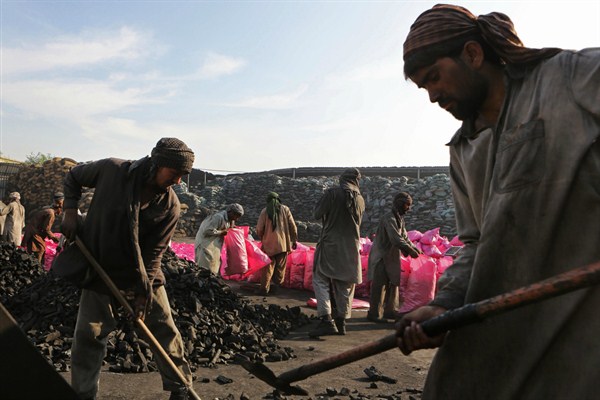The bitter Arab rivalry in the Persian Gulf is reshaping traditional spheres of influence and exacerbating fault lines farther south, in the Horn of Africa, the continent’s most volatile region. The spat between fellow members of the Gulf Cooperation Council, which began a year ago when Saudi Arabia and the United Arab Emirates led an embargo of neighboring Qatar that shows no sign of ending, has sparked frantic diplomatic and economic activity across the Red Sea, with serious security consequences.
Thrust center-stage into these changing political geographies is Somalia, among the world’s poorest and most conflict-prone countries. The fragile nation, fighting a terrorist insurgency and rebuilding after state collapse and civil war in 1991, has been caught between the UAE and Qatar, as well as Qatar’s close partner, Turkey. While the Western-led international community is simply urging Somali leaders to work together for the common good, proxy contests and regional feuds are playing out in a scramble for resources, influence and prestige.
The International Crisis Group warned in a report this month that the ongoing Gulf spat has “added a dangerous new twist to Somalia’s instability.” Gulf countries have already been asserting more influence in the Horn of Africa with their checkbooks. Gulf investments in the region totaled some $13 billion between 2000 and 2017, according to another recent report by Jos Meester, Willem van den Berg and Harry Verhoeven for Clingendael, the Netherlands Institute of International Relations.

